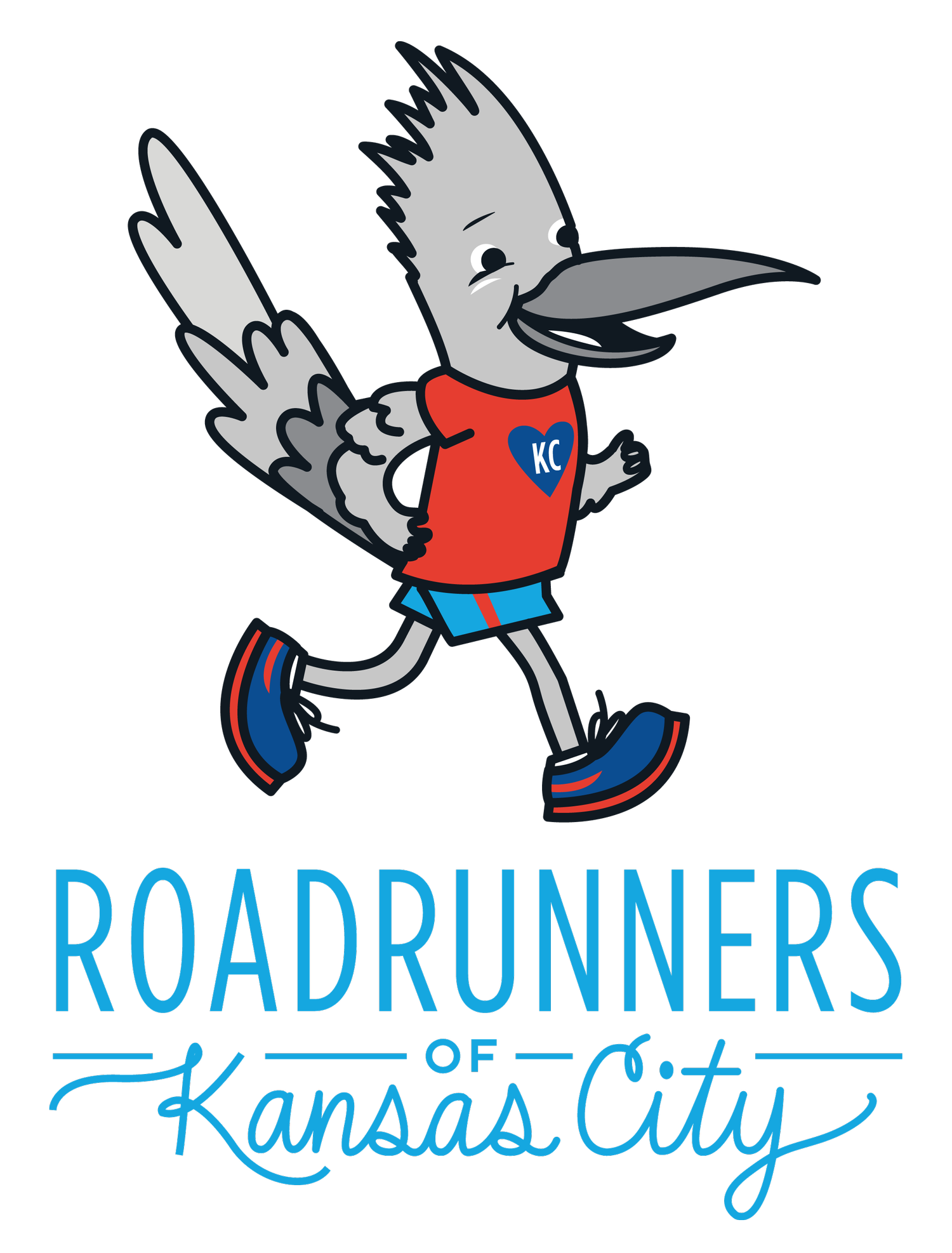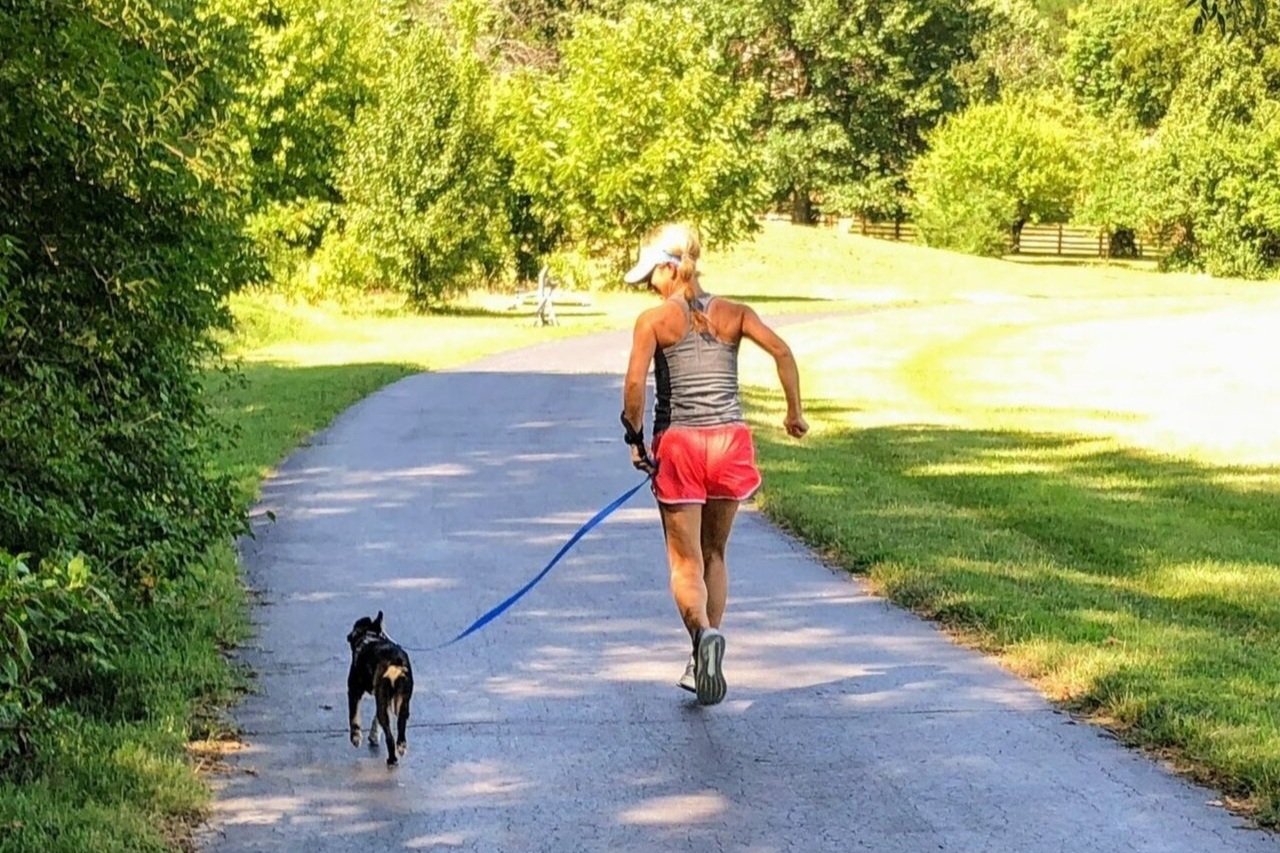Cross Train to Improve your Running Fitness
/ |
| Alter G at Sport+Spine |
As promised, here is Part III of IV on staying run fit this summer - this time it's cross training!
There are many choices when it comes to cross training for running. Each method has its own unique value but all strive to extend your run fitness while giving a break to the pounding on your joints.
Frequency
Take 1-2 days per week to cross train. The key is to mix it up. A variety of different stresses to the body makes for a stronger one!
Intensity
Strive for a relatively hard effort equal to or slightly greater than running at goal pace. Going for a little jaunt around the park or a leisurely bike ride around the neighborhood, while enjoyable, isn’t going to give you a good cross training effect.
Start with 30 min of activity. Increase the time spent to 60 min over several weeks. You could split the 60 min. with two different activities e.g. back to back water jog 30 min. and bike 30 min.
Anti Gravity Treadmill
Alter G running is the closest functionaly to running but with considerably less impact to your joints. You can run at as little as 20% of your body weight. I recommend training in 30 minute segments at 75-80% body weight for cross training.
Alter G running allows you to go over your 10% increase in TWM. With the video screen it also allows you to work on form as well. You can book running time on the Alter G at Sport+Spine. Unless you are injured and seeing a PT, Alter G is cash pay. Packages are available.
Walking
Walking approximates running with minimal stress on joints. Walking has the benefits of being outdoors and allows you to train on the same terrain/uneven surfaces as you do when you run. Start with 30 min. and progress by 15 min. increments. Go for a speed of 12-14 min/mile. You will use slightly different calf muscles with walking and lateral shin pain can occur if you try to speed walk too far at first. Best of all, it’s free!
Biking/Spin
Biking, whether on the road or stationary or even a spin class, helps build quad and core strength and is no impact. Start with a 30 min. bike ride and progress by 15 min. increments. Vary your courses with flat and hills. Use the “talk test” for your effort level. For shorter rides, you can push it such that it is harder to hold a conversation, but for longer rides over 30 min., go for a moderate intensity where you are working hard but can still hold a conversation.
Aqua Jog
Water jogging allows you to go through the run motion but with less stress on your joints as the water provides buoyancy. The water also provides resistance adding a strengthening component. To water jog, tread water in a running motion using your arms and lean chest forward slightly to progress forward. You can push off the floor of the pool if you want, but you don’t have to. I like to water jog at the lake. Jog for 30 min. at an effort level that feels slightly more challenging then a run. You can gradually progress to 60 min., but most people find they can only tolerate the boredom for 30 min. My suggestion - do it with a friend!
Swimming
Research has shown that swimming helps improve your breath control with running and allows you to work your cardiovascular system without impact on the joints. Swimming is challenge technically, so I’m going to defer to the most awesome swim coach in KC area, Liz Wielding of the Red Ladies for our swim training advice.
Liz recommends that non-swimmers and swimmers alike try a kicking workout with a kick board and coaches us to “kick from the hips (not the knees), point the toes, and try to relax your legs.” Workouts to try: 8 x 50 or 4 x 100, or 2 x 200. Liz says, "The kick is hard for some people to get down. [You] may actually feel like [you’re] going backwards (and [you] may be). If that’s the case 4 x 25 would be enough."
If you are a pretty strong and a technically sound swimmer, an interval type workout is great cross training for running. Try a mixture of repeats like: 4x800m, 4x400m and 4x200m. See what you can accomplish in about 30 min. at first.
Not a swimmer but want to learn how? Liz says, “You must be able to blow bubbles through your nose…be able to submerge your head in the water without panicking…be able to use your body balance to keep your body up.” She recommends a self-learning swim program that starts with teaching body balance. Go here.
Looking for Swim Lessons? Contact Liz or go to her website: www.redladiestri.com.
Next up in our four part series to stay run fit this summer: Addressing Nagging Injuries

